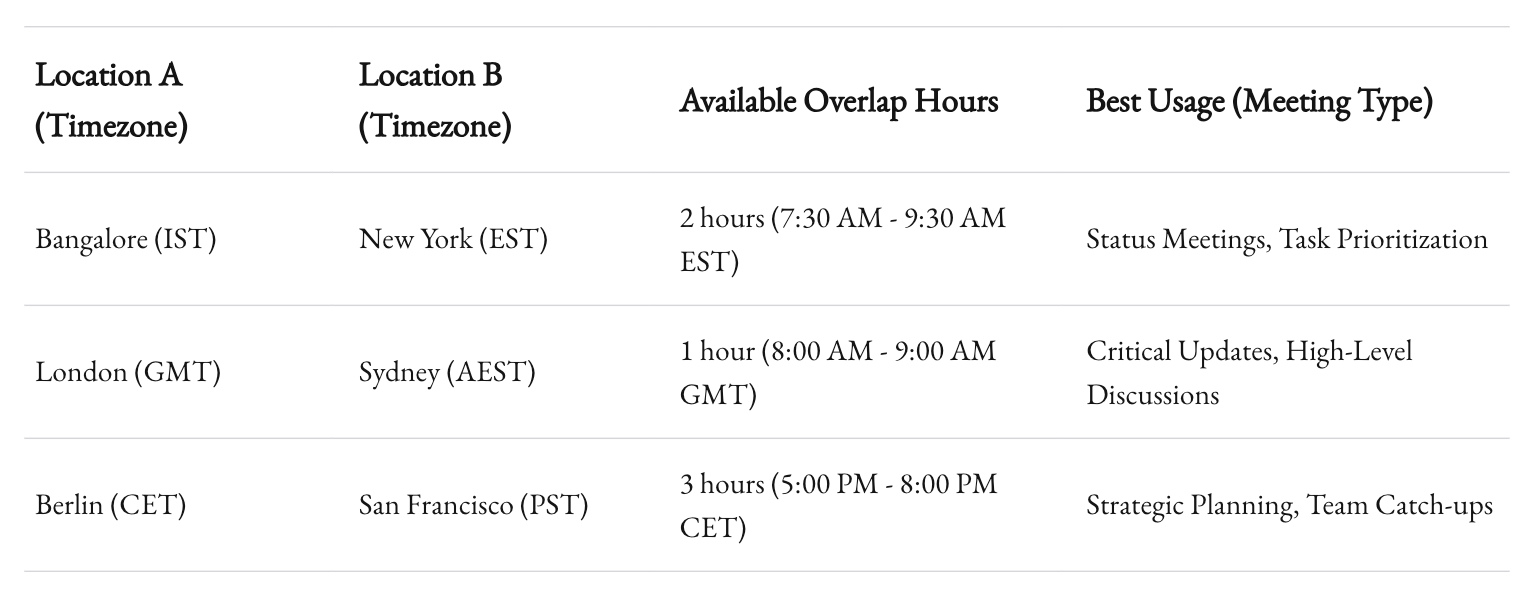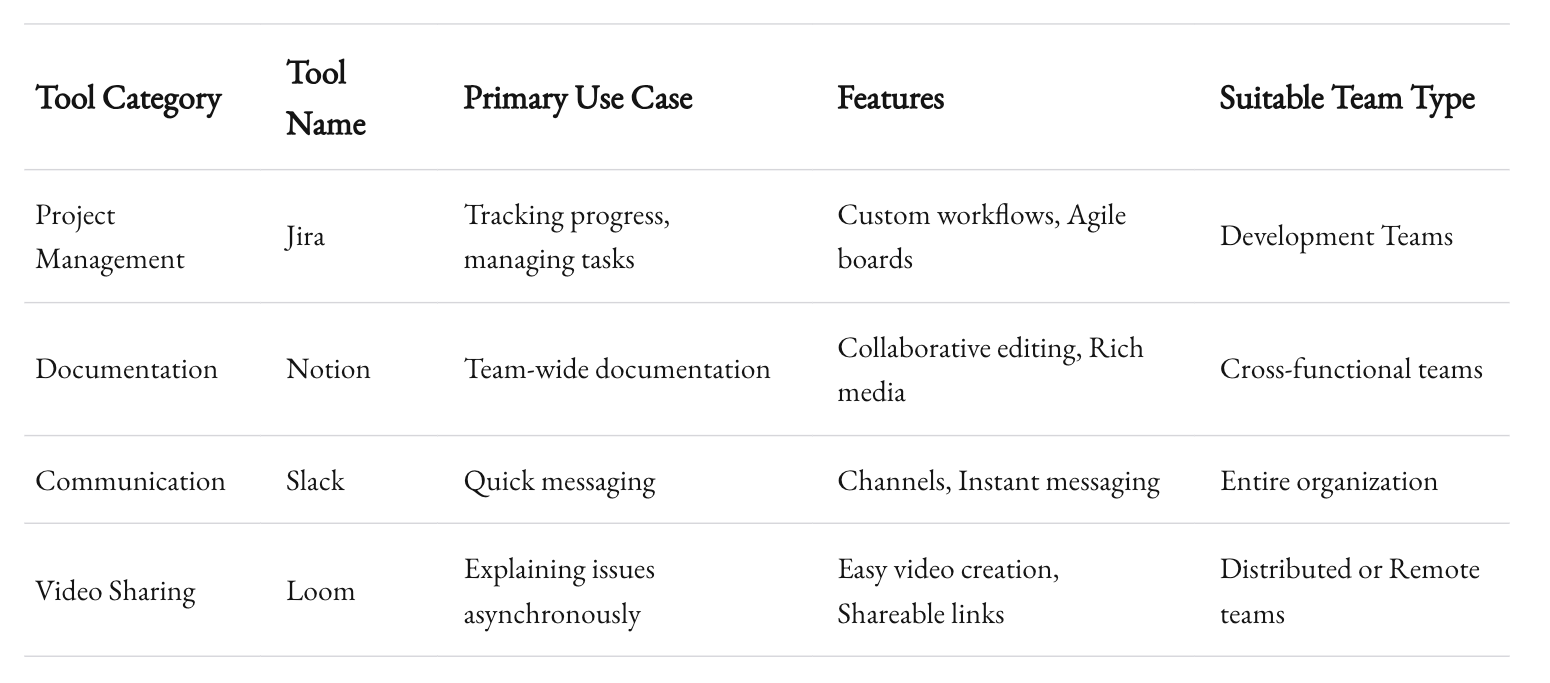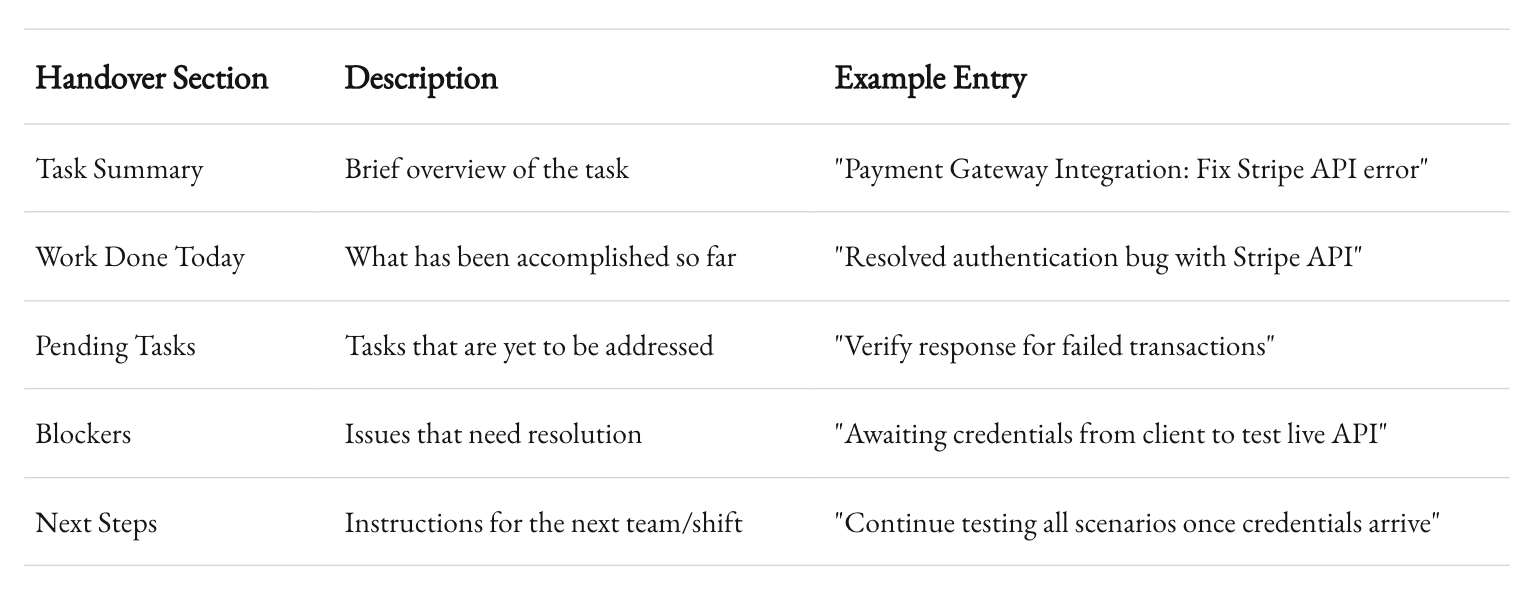What are the Best Practices for Managing Time Zone Differences with Offshore Teams?
Learn how to collaborate across time zones from the experience of a seasoned outsourcing expert.

If you've ever collaborated with an offshore team, you know it—the globe is vast, and so is the list of challenges that come with it. Time zones can be either a small hurdle or a giant monster, depending on how you manage them. It's like conducting an orchestra where every musician is in a different part of the world. I run 1985, an outsourced software development company, and trust me when I say this: getting everyone to play the same tune, even when they're on opposite sides of the planet, is no small feat.
Imagine you’re gearing up for a big presentation. You need some key inputs from your developers in Eastern Europe, but they’ve already wrapped up their day while you’re still sipping your morning coffee. Or perhaps you finally receive a question that’s been bouncing around Slack all day, just as your team in Bangalore is getting ready to sign off for the evening. Coordination can feel like trying to solve a Rubik's cube while blindfolded—a mental exercise that’s only rewarding if you nail it.
But here’s the thing: Time zone differences aren’t an obstacle—they're an opportunity. An opportunity to evolve how you work, how you communicate, and how you grow. Done right, you can make time zones work for you. Let's talk about best practices—things that actually work and not just theories that sound good in blog posts.
1. Embrace Asynchronous Communication
A major turning point in working effectively across different time zones is the acceptance of asynchronous communication. A lot of us cling to the comfort of real-time responses, but when the team stretches across continents, it's time to let go. And letting go can be liberating.

With asynchronous communication, instead of waiting for a reply to a Slack ping that might take six hours to get a response, the expectation shifts. You’re no longer hanging in limbo, staring at the blinking cursor or watching your notification tab like a hawk. Instead, you start leaning on tools like Trello, Notion, or even a well-thought-out Google Doc to convey detailed information.
Here’s the thing—asynchronous communication requires discipline. Not just discipline in writing well and being thorough but also in understanding context. Imagine you need an offshore developer to fix a bug. You could send a Slack message saying, “Hey, can you fix that bug?” but that’s not the kind of message that lends itself well to asynchronous work. Instead, writing: “Hey, can you fix the bug in the payment processing module? The issue is that the response from Stripe is throwing a 403 error” can give them enough context to get started when they sign on.
Discipline also means keeping updates transparent and available. Daily stand-ups, for instance, can happen in a shared doc or a specific channel. The key is not to replicate synchronous practices asynchronously—instead, adapt. Share more details upfront, always assume that people won’t have the luxury to “just ask” right away, and set deadlines that account for the lag.
2. Smart Overlap Planning
Alright, so while asynchronous is the way to go, there’s a lot to be said for those precious hours of overlap. These golden hours—when different parts of your global team are actually online together—can make all the difference between projects running smoothly or running aground.

For many teams, these overlaps might be just an hour or two, but the way you use them is critical. If your Bangalore and New York teams have a two-hour window, you must be intentional about how you’re utilizing that time. Think of this as the time for high-value discussions—those requiring back-and-forth, debates, or clarifications that are critical for progress.

Schedule your meetings to maximize the number of key players during these overlaps. And for anything else that requires context setting or a brief, make sure materials are circulated beforehand so those two hours are dedicated to discussing solutions rather than reading slides.
Planning overlaps also extends to understanding the calendar—it’s not just the time zone; it’s also the culture and holidays. A meeting at 9 AM EST on Diwali isn’t going to get you anywhere if half of your team is based in India. One of the most impactful things we did at 1985 was create a joint holiday calendar. Everyone has visibility into not just each other’s time zones, but the key regional holidays too. Awareness helps a lot—knowing when to expect a low or no-response day can make all the difference.
3. Use Tools Designed for Distributed Teams
Tools matter—big time. Having the right suite of tools can make or break your offshore collaboration efforts. And no, you can’t just make do with whatever works in an in-office environment. The challenges that come with remote, distributed teams need an approach that’s tailor-made for it.

At 1985, we’ve had our fair share of trial and error. Some tools that worked wonders in an all-hands, same-office setting fell completely flat once we went fully distributed. Here are the categories of tools that we’ve found essential:

- Project Management: Trello, Jira, ClickUp—whichever you pick, use something that allows everyone to stay on top of progress, milestones, and what’s needed from whom. These tools reduce the need for constant check-ins because everyone has visibility into what’s happening.
- Documentation: Notion or Confluence have become mainstays for a reason. Comprehensive documentation means people across time zones have all the information they need without needing to chase someone who might be asleep.
- Communication: Slack for quick chats, Loom for sharing quick video explanations, and Zoom or Google Meet for the planned overlap meetings. Combining synchronous with asynchronous tools helps create an environment where communication can flow—even if it’s not immediate.
4. Craft Detailed Handovers
When you work with an offshore team, you have to think of your workday as a relay race. The baton has to pass smoothly, or the race is over. Handoffs are everything, and managing them poorly can mean critical work sits idle until someone wakes up and realizes something is missing.

Consider using a framework for daily updates—a consistent format. For us, this turned into end-of-day reports that each developer submits. It’s less a micromanagement tool and more a way to pass the baton clearly. What did they work on today? What needs attention tomorrow? Are there blockers that someone else needs to handle? We use these updates to ensure there’s continuity, that nothing is left in the ether without an owner.

A good practice is to create a “handover” document where ongoing tasks are listed with detailed notes, status updates, and clear instructions for anyone who’s picking up where it was left off. This document lives in our project management software and gets updated as part of the day’s routine. And yes, sometimes that means over-communicating. But I’d much rather have over-communication than silence followed by confusion.
5. Keep Culture and Connection Alive
Time zones and offshore setups can often lead to one big casualty—the sense of culture. When your team members are waking up when you’re logging off, there’s a good chance the little things that help build bonds fall by the wayside. And those bonds are critical. They’re the difference between a group of people and a team.

We set up virtual coffee breaks—15 minutes once every two weeks for the non-project-related chat. No agenda. We even introduced some cultural exchange moments—once a month, someone volunteers to present something about their country, city, or a hobby they’re passionate about. One of our developers in Poland gave a presentation on pierogi, and we even had an informal cooking competition to try and make them.
These moments of connection are invaluable. They create trust, and trust is the bedrock on which collaboration happens, especially when it's across time zones. Creating dedicated, casual interactions isn’t fluff—it’s culture-building. And it’s essential if you want people to feel genuinely connected despite the miles.
6. Respect Different Working Styles
Here’s something that doesn’t get talked about enough—working styles. Different cultures, countries, and regions often have different work habits. In the U.S., people might be used to getting a reply to an email within an hour, while in Germany, there’s a real sense of work-life boundary that might mean emails aren’t answered until the next morning.

For offshore teams, it’s crucial to respect and understand these boundaries. A major reason offshore partnerships can feel tense is that people assume their preferred style of working is universal. It’s not. And trying to make it so can lead to burnout, dissatisfaction, and a pretty unhappy team.
Instead, we’ve found it helps to get explicit. Early on, we ask people to share their preferences—when they’re most productive, what sort of lead time they like on tasks, and how they handle urgent issues. By explicitly acknowledging these working styles, you pave the way for smoother interactions and more realistic expectations.

7. Trust the Team, Let Go of Micromanagement
If you’re working with an offshore team, one of the biggest barriers you’ll face isn’t time zones—it’s trust. The temptation to micromanage is strong when you can’t physically see the team. What are they doing? Are they on track? Are they even working?
But micromanaging in a distributed, offshore setting is a surefire recipe for disaster. Instead, it’s about setting up systems of accountability that don’t feel oppressive. We focus on outcomes—not how many hours someone spends in front of their laptop, but whether they’re delivering what’s needed.
At 1985, we introduced objective-based planning. Every week starts with a set of deliverables that are clear, concise, and measurable. Each member knows their goals, and we assess progress against those, not the clock. It’s a simple mindset shift, but it makes an enormous difference in trusting your team to get the work done rather than trying to peek over their shoulder constantly.

8. Hire for Self-Sufficiency
Working across time zones means that, often, the person you need to ask a question to is fast asleep. This means your offshore team members need to be self-sufficient—they need to be able to unblock themselves more often than not. This isn’t something everyone can do, and that’s okay.
But when we hire at 1985, we prioritize independence. We need people who, when faced with a challenge, will first try to solve it themselves. We look for indicators in interviews—asking about a time when they didn’t have enough information and how they handled it. This proactive approach to hiring means that, as a whole, our offshore team is less reliant on immediate answers.

9. Plan for Buffer Time and Flexibility
A mistake I see far too often is treating offshore team schedules like an onshore one. If someone says they can deliver a feature by Thursday in an onshore setup, you might expect to get something ready for a Friday demo. But when time zones are involved, you have to account for the fact that the handover may not be seamless. They might finish the task at the end of their day, meaning you won’t get it until your Friday morning.
We learned to bake in buffer time to account for these lags. It’s not about doubting the team’s capabilities—it’s just about being practical. Things will take longer because your day and their day don’t fully overlap. Adjusting timelines and adding that extra day or two can make a significant difference in reducing stress and setting realistic expectations.
Turning Time Zones from a Barrier to a Benefit
Working across time zones with offshore teams isn’t something to endure—it’s something to optimize. Sure, it comes with challenges, but it also comes with benefits. Imagine a scenario where your project is moving around the clock—developers in Eastern Europe finish their day and hand it over to designers in the U.S. By the time the U.S. team wraps up, QA in India is ready to test. It’s like your project never sleeps.
It all comes down to making the system work for you—not fighting against it. Embrace the asynchronous, cherish the overlap, and build a culture that survives and thrives on the distance. If you do that, those different clocks across different walls around the world stop being an obstacle, and start being a massive advantage.



